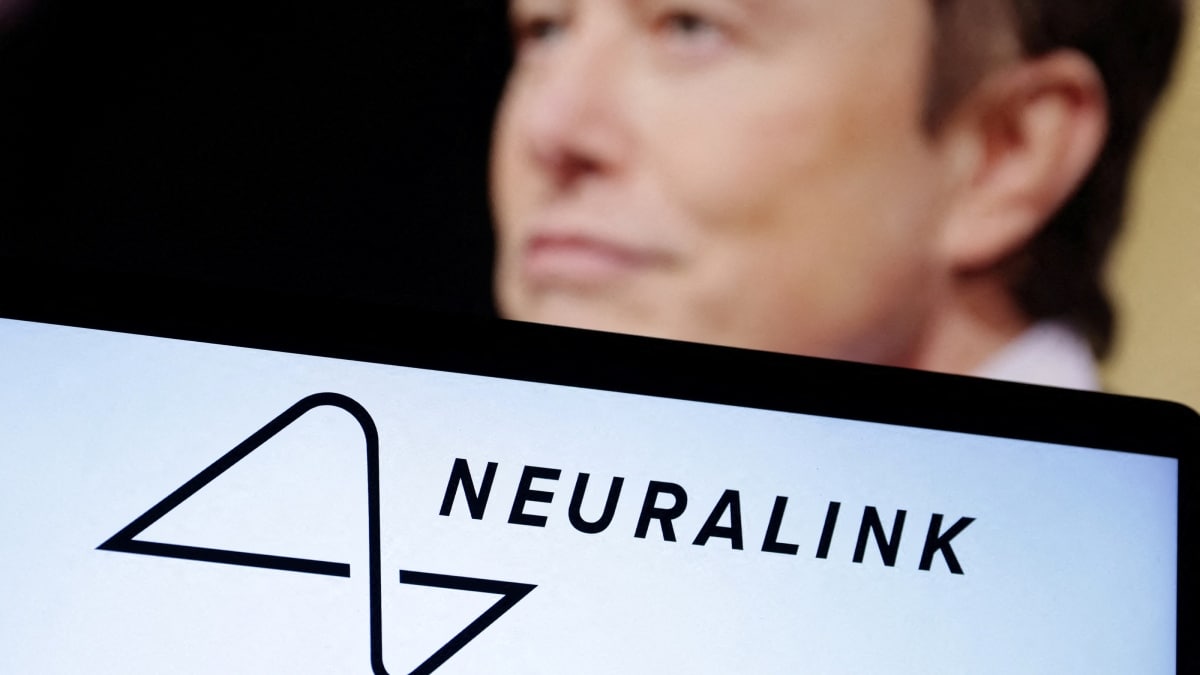The European Space Agency (ESA) has shared a stunning wide image of one of the biggest impact basins in the Solar System, located on Mars. Hellas, with a diameter of 1,430 miles (2,300km) and a depth of over 4.3 miles (7km), is believed to have formed between 3.8 billion and 4.1 billion years ago after a large asteroid hit the surface of Mars. Since its formation, the shape of Hellas has been modified by the action of wind, ice, water, and volcanic activity on the Red Planet. The images shared by ESA have been captured by the Colour and Stereo Surface Imaging System (CaSSIS) camera aboard the ExoMars Trace Gas Orbiter (TGO), a joint project by ESA and Russian Roscosmos space agency.
The basin is placed in the southern highlands of Mars but how it was formed is still a puzzle. Many theories have been attributed for its origin, including salt tectonism, or viscous deformation of ice and sediments, said ESA on Instagram.
Sharing the wide image, which was captured on May 9 this year, the agency said “the swirling nature of the landscape evokes a feeling of flow.”
The ExoMars TGO is studying methane and other rare gases in the Martian atmosphere, and its aim is to look at potential landing sites for future missions, including ESA and Roscomos’s Mars mission that is due to launch next year. The mission was previously set to launch in 2020 but the agencies postponed it due to the COVID-19 pandemic.
According to ESA, the Hellas basin is located in the southern hemisphere of Mars. It is actually a giant impact crater.







